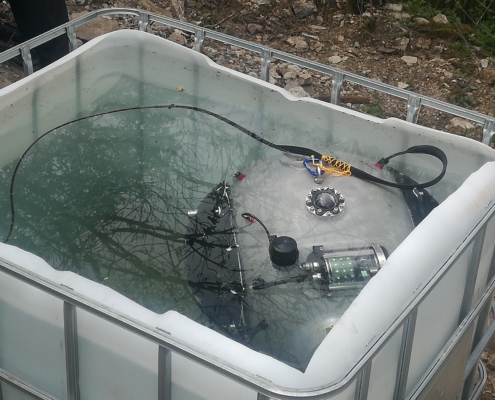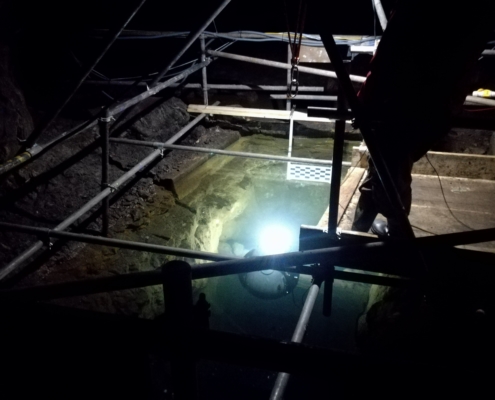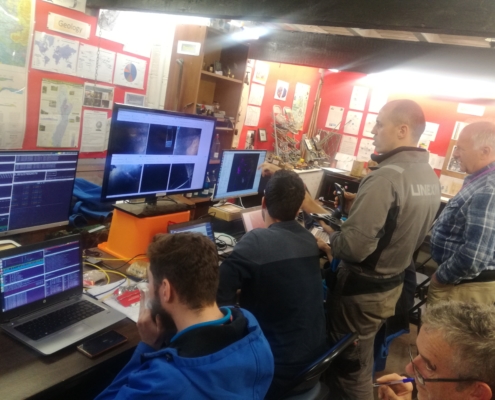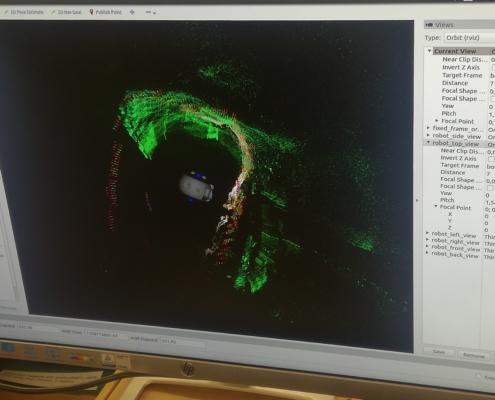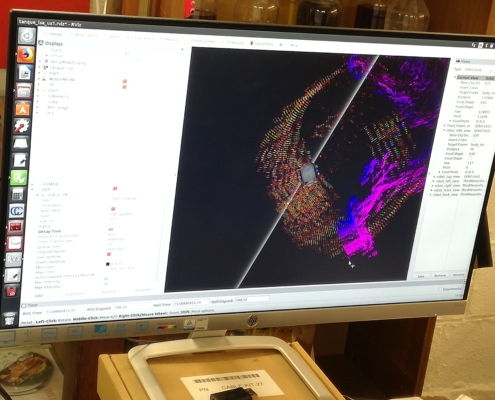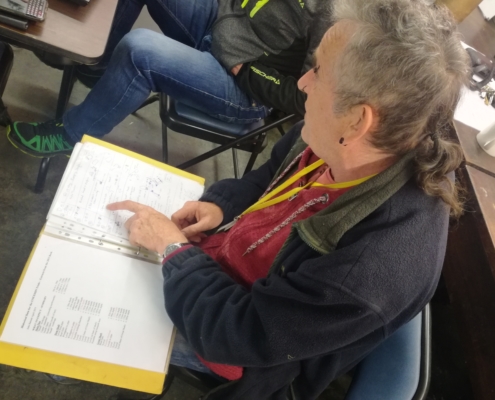Summary of the field tests at the Molnár János cave, Hungary
From the 26th of June to the 5th of July 2019, the UNEXMIN project was in Budapest, Hungary, for the last trial activities within the project’s lifetime. After the trials at four mine sites (Kaatiala – Finland, Idrija – Slovenia, Urgeiriça – Portugal and Ecton – UK) it was time to test the robotic solution in a new environment. For this purpose, a cave system was chosen – the Molnár János cave.
The trials at the Molnár János cave involved using the two existent UX-1 robots – UX-1a and UX-1b – to explore, map and collect information about the flooded area of the cave. Robotic capabilities including movement, control and data analysis, but with focus on autonomy, were extensively tested, with paramount results. The following items give an account of the activities and results derived from the UNEXMIN’s activities at the Molnár János cave:
- 26th of June (Wednesday): Setting up the test site and preparation/testing of the UX-1 robots. Studying of current maps of the cave.
- 27th of June (Thursday): The first official dive happened on the 27th of June. The UX-1b robot was used. It was able to dive up to 8m depth and map the main chamber of the cave. This mission lasted for 35 minutes.
- 28th of June (Friday): Similarly to the previous day UX-1b was used. The robot explored a small portion of the cave outside of the main chamber in a 1h30 mission.
- 29th of June (Saturday): Three dives were made on this day: one with UX-1a and two with UX-1b. The main chamber and some other smaller parts of the cave were mapped by the robots. In total, the robots were in the water for more than 2 hours.
- 30th of June (Sunday): UNEXMIN off-day!
- 1st of July (Monday): UX-1a was used three times during this day to explore the main parts of the cave system. Missions lasted for 4 hours in total. During these tests, the robot used autonomous waypoint navigation successfully – the robot was autonomous! UX-1a managed to get very good camera images from a very warm water (around 23ºC).
- 2nd of July (Tuesday): Both UX-1 robots were working at the same time in the water, independently, to map and collect data from different areas of the cave. Teamwork!
- 3rd of July (Wednesday): Three dives, two with UX-1a and one with UX-1b. Autonomy was the focus of these tests.
- 4th of July (Thursday): Last dives of the robots: one for UX-1a, another for UX-1b. The robots’ capabilities, mainly movement and control, were targeted. During this last day of testing, the robots’ missions lasted for more than 5 hours, when combined.
With the ending of the Molnár János exploratory works, the UNEXMIN project was able to prove across the past year that its technology to explore and map flooded mines – and other environments – is feasible and a good solution to a big problem: the lack of information from flooded environments. This was a major objective of the project, so the team considers it a success!
Now, it is time to wrap up things, process the data available and present UNEXMIN’s major results and outputs to the public during the final conference – entrance is free, but registration is required.

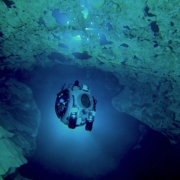
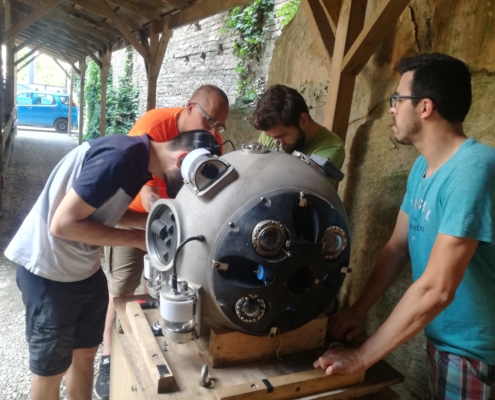
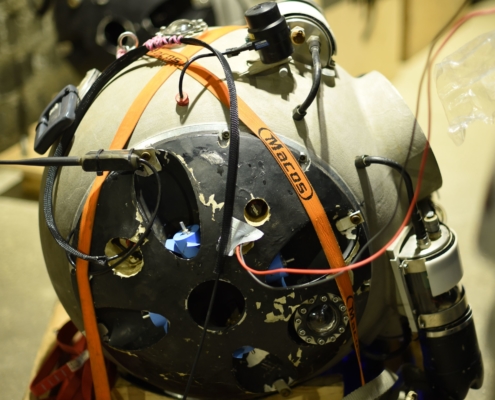
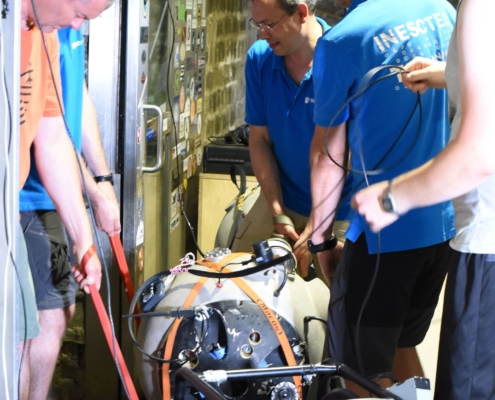
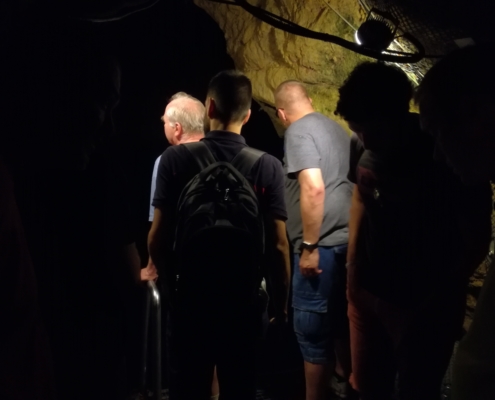
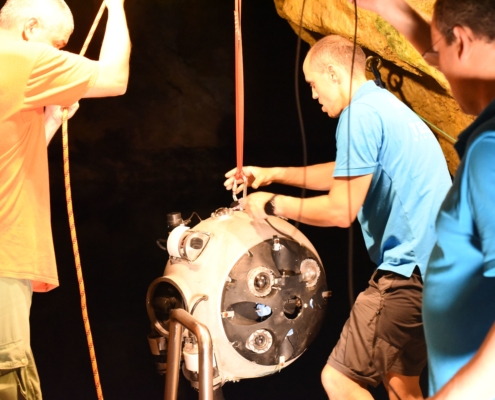
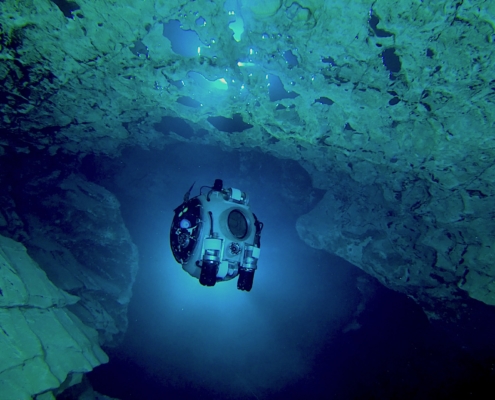
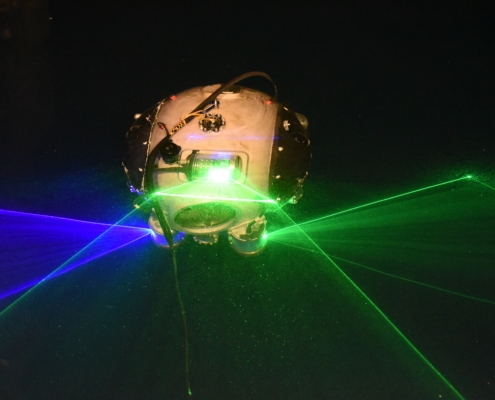
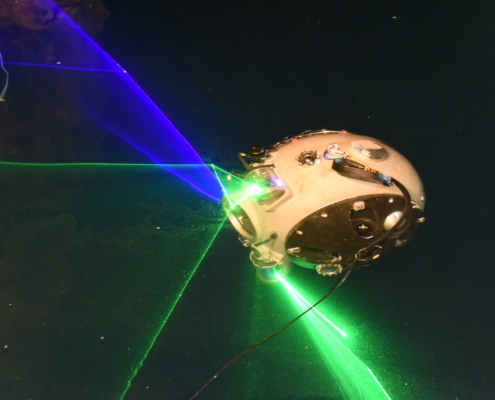
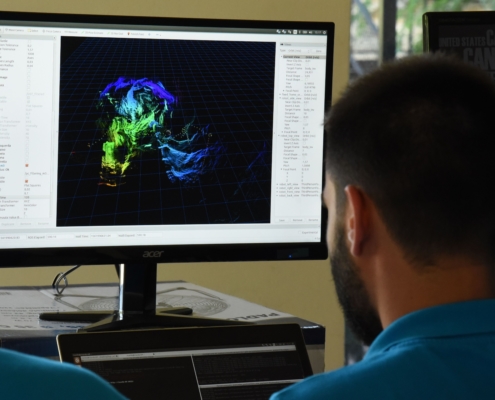
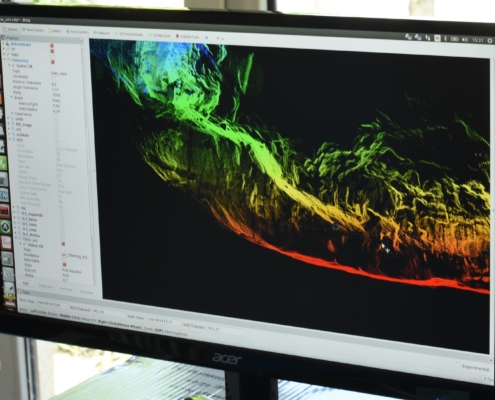
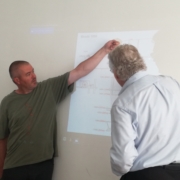
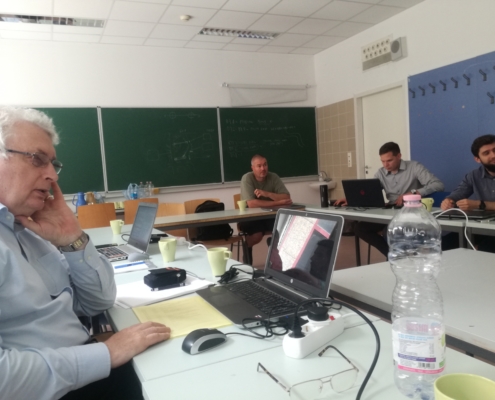
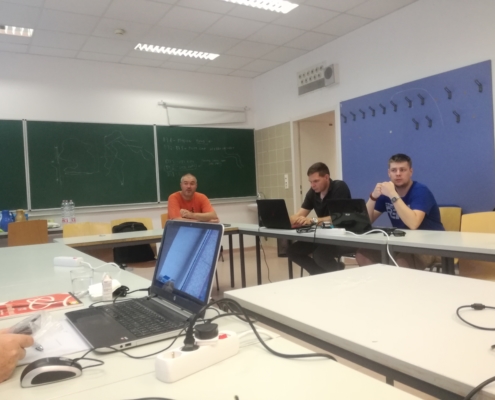

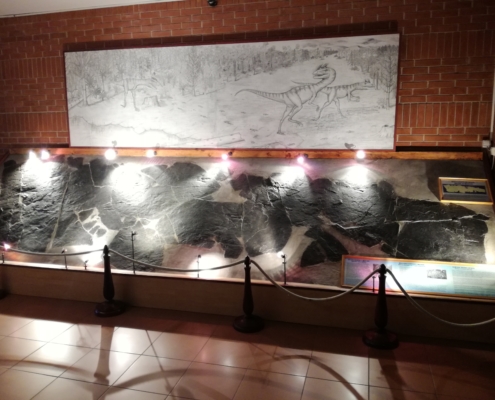
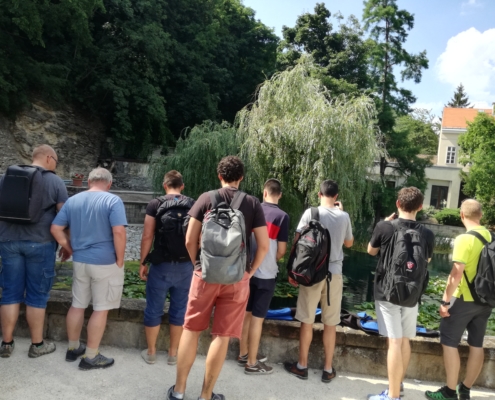
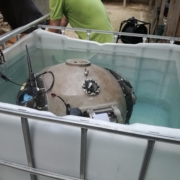

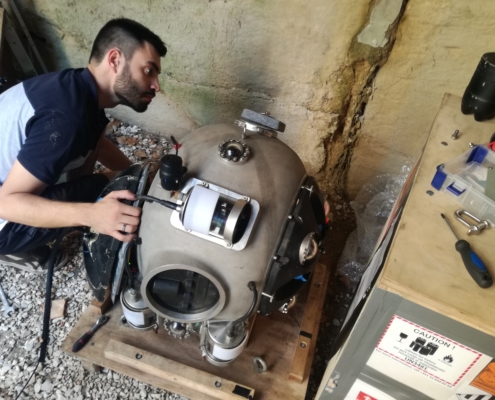
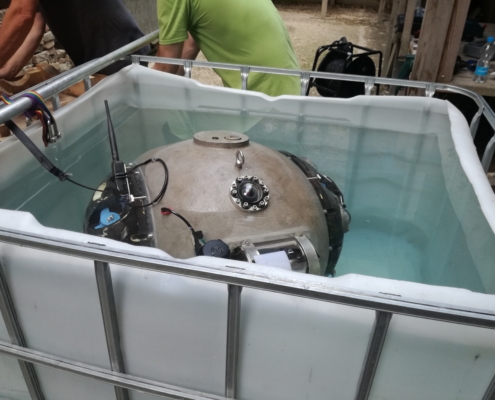
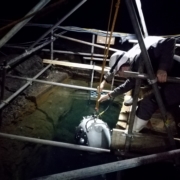 Edit Babinszki
Edit Babinszki